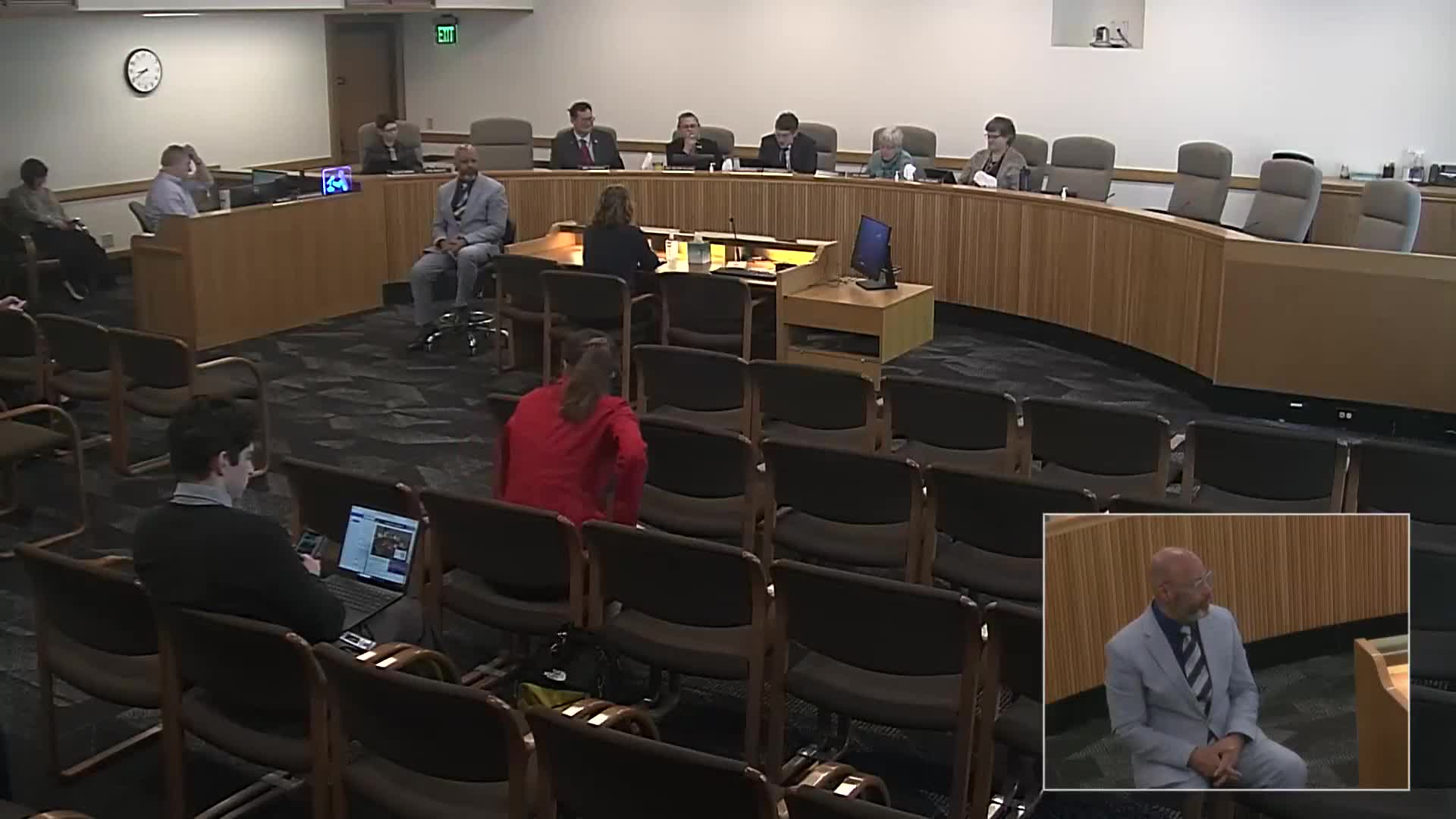Alyssa’s Law (HB 3083A) moves forward in hearing as sponsors and victims’ advocates press for wearable panic-button systems in schools
April 30, 2025 | Education, Senate, Committees, Legislative, Oregon
This article was created by AI summarizing key points discussed. AI makes mistakes, so for full details and context, please refer to the video of the full meeting. Please report any errors so we can fix them. Report an error »

Representative Emerson Levy (House District 53) and survivors’ advocates urged passage of House Bill 3083A, known as Alyssa’s Law, at a Senate Education Committee hearing on April 30. The bill would require public K–12 schools to consider emergency safeguards including wearable or wireless panic-alarm systems that connect directly to 911 public-safety answering points (PSAPs) and to campus staff.
Representative Levy said the bill is a “may, not a shall” measure and described existing grant funding of $2,000 per school established through the budget note; she said the grant program is available on the Oregon Department of Education website but that uptake has been slow. Levy emphasized that short response times matter in active-threat and medical events and described the proposed mechanism as a low-cost, practical tool that improves the accuracy and timeliness of 911 information.
Lori Alhadeff, founder of Make Our Schools Safe and the mother of a Parkland victim, told the committee that “Time equals life,” and said wearable panic-alert devices that link directly to first responders can cut the time to notification and help administrators initiate lockdowns more quickly. Motorola Solutions’ Chris Pavaceras described vendor systems used in other states and explained that the technology has evolved from simple phone apps to broader emergency workflow tools that can link cameras, radio communications and other situational data to PSAPs. He said the systems allow “real time” two‑way communication between schools and 911 call centers.
Supporters and vendors addressed operational questions raised by senators: how the devices work (wearable devices, phone apps, or Chromebook integrations), data storage (vendors said encrypted databases and limited access to law enforcement and vendors), training (vendors said they work with PSAPs and districts on training and workflow), and grant funding (the sponsor said the grant program includes funding for software integration with PSAPs). Several senators and witnesses discussed concerns about cell-phone use by students; sponsors said the systems are primarily for staff and authorized users, and that devices and software can be deployed as wearables or through controlled staff apps rather than giving students phone access.
No committee vote: The public hearing concluded with no vote. Sponsors said the grant program includes funding for software to connect with PSAPs and that the measure complements, rather than replaces, other safety measures.
Representative Levy said the bill is a “may, not a shall” measure and described existing grant funding of $2,000 per school established through the budget note; she said the grant program is available on the Oregon Department of Education website but that uptake has been slow. Levy emphasized that short response times matter in active-threat and medical events and described the proposed mechanism as a low-cost, practical tool that improves the accuracy and timeliness of 911 information.
Lori Alhadeff, founder of Make Our Schools Safe and the mother of a Parkland victim, told the committee that “Time equals life,” and said wearable panic-alert devices that link directly to first responders can cut the time to notification and help administrators initiate lockdowns more quickly. Motorola Solutions’ Chris Pavaceras described vendor systems used in other states and explained that the technology has evolved from simple phone apps to broader emergency workflow tools that can link cameras, radio communications and other situational data to PSAPs. He said the systems allow “real time” two‑way communication between schools and 911 call centers.
Supporters and vendors addressed operational questions raised by senators: how the devices work (wearable devices, phone apps, or Chromebook integrations), data storage (vendors said encrypted databases and limited access to law enforcement and vendors), training (vendors said they work with PSAPs and districts on training and workflow), and grant funding (the sponsor said the grant program includes funding for software integration with PSAPs). Several senators and witnesses discussed concerns about cell-phone use by students; sponsors said the systems are primarily for staff and authorized users, and that devices and software can be deployed as wearables or through controlled staff apps rather than giving students phone access.
No committee vote: The public hearing concluded with no vote. Sponsors said the grant program includes funding for software to connect with PSAPs and that the measure complements, rather than replaces, other safety measures.
View full meeting
This article is based on a recent meeting—watch the full video and explore the complete transcript for deeper insights into the discussion.
View full meeting
